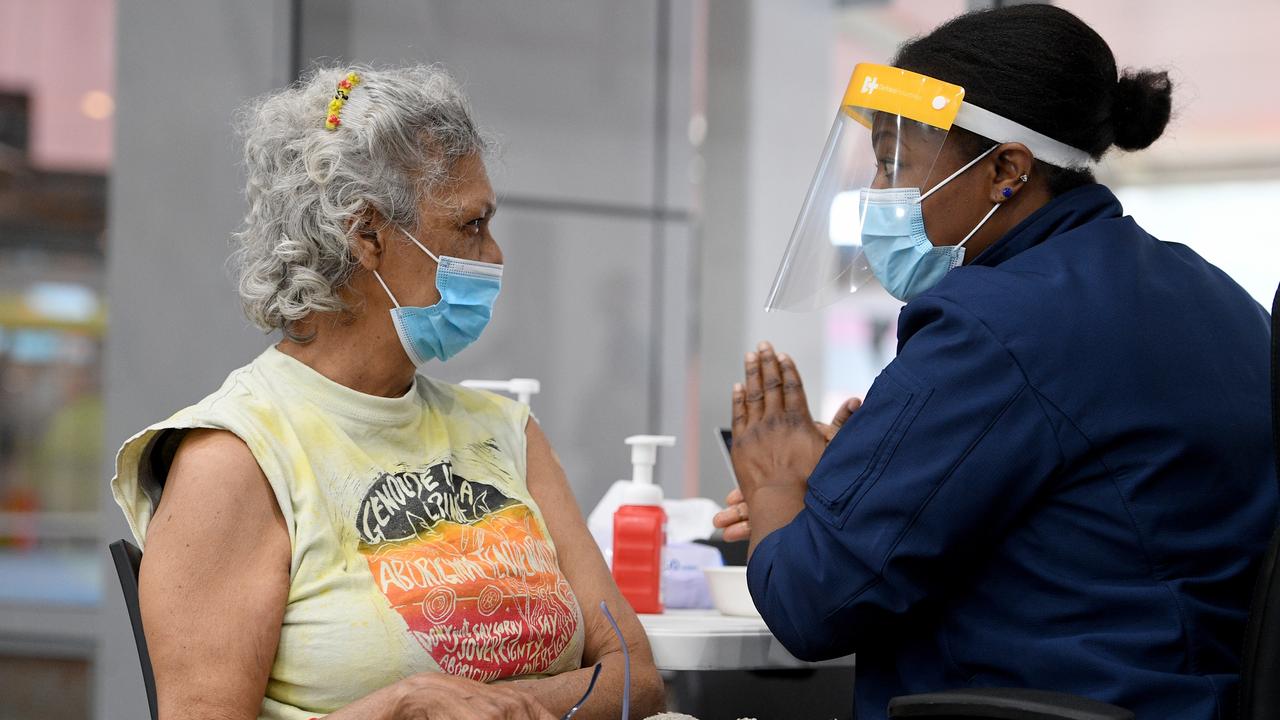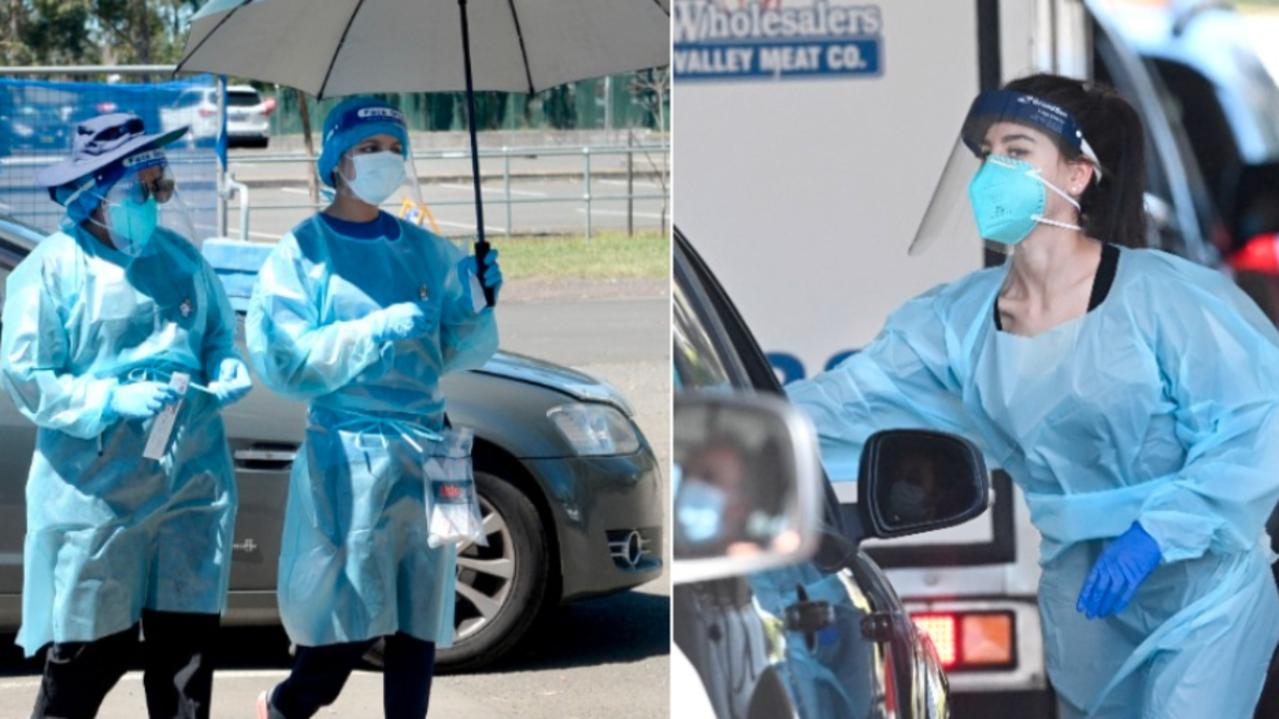Gowlland Bombora ended a brilliant career
THE capsize of a boat off Dobroyd Head last Saturday highlighted the perennial hazard the bombora off the headland has always posed to mariners.

Nth Beaches
Don't miss out on the headlines from Nth Beaches. Followed categories will be added to My News.
- Buildings in the bush were just for show
- The Lookout and Camden Grammar School for Boys at Balgowlah
- What happened to Manly’s identical twin ferries
- Milestone for Collaroy’s landmark Flight Deck
THE capsize of a boat off Dobroyd Head two weeks ago highlighted the perennial hazard the bombora off the headland has always posed to mariners.
Over the years, at least 25 people have drowned on the bombora, which in 1984 was officially named the Gowlland Bombora in honour of the most famous person to lose their life there.
The man was Staff Commander John Gowlland, an officer of the Royal Navy who had been appointed to the naval survey of Australia.
But it was while conducting that survey that Gowlland lost his life at the age of 36.
John Gowlland had already enjoyed a brilliant career in the Royal Navy before coming to Australia.

Born into a naval family in Kent in 1838, Gowlland attended the naval college at Greenwich, rose to become school captain and then signed on as a master’s assistant in 1853.
He saw active service in the Baltic Sea during the Crimean War and distinguished himself by navigating a captured vessel all the way back to England. He then served in a Royal Navy survey of the Pacific coast of North and South America, where his name is perpetuated by several landmarks.
He returned to Europe via Sydney, then worked on a survey of the Mediterranean.
In 1865 Gowlland was appointed chief assistant of a naval survey of Australia, of which he eventually took command upon the retirement of his predecessor, Commander Sidney. By 1868 the survey had charted the coastline of the eastern seaboard from Cape York to Victoria and the charts published in 1870 remained in use for almost a century.
The NSW retained Gowlland’s services in 1871 so a survey of inland waterways might also be completed.
But in 1872 Gowlland’s knowledge of the Australian coastline was called upon when he was given command of the search for a brig, the Maria, which had been reported lost on the Bramble Reef off the Queensland coast.
Commanding the Governor Blackall, Gowlland was able to rescue 34 castaways from the wreck. Many of the 75 people who survived had been massacred by local Aborigines.
On his return to Sydney the survivors and some prominent Sydney citizens showed their appreciation for his efforts at a dinner in his honour.
A long poem, written by a survivor named Oliver, was read to the gathering. One verse read:
Hail Gowlland! Man of Kent! Our Navy’s pride,
To famous mariners by birth allied,
Thou, who deep versed in Geometric Art,
Provid’st the Seaman with his priceless chart
Wherein are seen, inscribed in black and white
The rocks and soundings of each bay and bight.
After a brief return to England, where he was promoted to Staff Commander and made a fellow of the Royal Geographical Society, Gowlland returned to Australia and commenced the replanning of Garden Island and a new survey of Sydney Harbour.

The survey was to be Gowlland’s last assignment. It was during the course of surveying the harbour that he met his demise on the Dobroyd bombora.
On August 14, 1874, Gowlland and a crew of four were rowing a boat along the shore between Middle Harbour and North Harbour, using a lead-line to take soundings of the harbour floor.
Just metres off Dobroyd an unexpected wave broke across the bombora and struck the boat broadside.
The boat was capsized and the men were thrown into the water. Two men struck out for the shore but one of them, Henry Petersen, drowned.
Gowlland and the remaining two men clung to the upturned boat, which had become snagged on the submerged reef by the lead-line.
Eventually the three men also struck out for the shore, with Gowlland the last to leave.
He never made it ashore.
At the inquest into the accident, one of the survivors, Charles Venus, gave a florid, almost theatrical, account of the tragedy.
Venus stated that halfway to the shore, Gowlland had cried out to him: “My God, Venus, I’m going I’m done!’’ and that “he then sank, rose twice, and finally went down’’.
Venus also claimed that he could see Gowlland’s body on the bottom but was too exhausted to do anything to help.
For two days after the accident, flags aboard the various sailing ships, men-of-war and steamers in the harbour flew at half-mast as a mark of respect.
Gowlland was buried with full military honours, his coffin rested on a gun-carriage for a procession attended by hundreds of Sydney’s leading citizens and more than 400 members of the defence forces to his burial place in St Thomas’ Church, North Sydney.
A memorial window was also placed in St Thomas’ Church.
In 1963, at the suggestion of the Manly, Warringah and Pittwater Historical Society, a cairn was erected at Arabanoo Lookout, atop Dobroyd Head, in memory of Commander Gowlland.
The cairn had a plaque placed on it with an inscription of part of the poem that had been read two years earlier at the dinner that had been given in his honour after his rescue of the survivors of the Maria.
In 1984 the Geographical Names Board decided that the bombora that claimed Gowlland’s life would be named after him.


